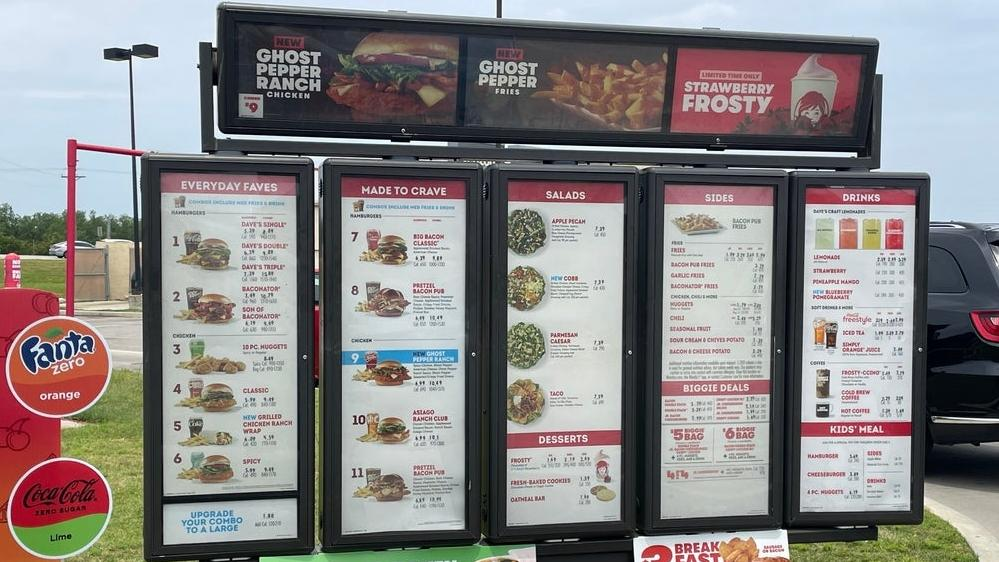Wendy's Unveils Its Worst Idea Ever
The fast food chain's new dynamic pricing model could be a fast food disaster.
On Wendy's most recent earnings call with investors, plenty of big plans were discussed, like how the chain plans to amp up its breakfast marketing. But one plan was only given a brief mention, and from a customer perspective, it's probably the worst idea Wendy's has ever had: a dynamic pricing model.
Wendy's plans to begin testing so-called dynamic pricing at its restaurants by 2025, per the recent conference call. The new menu prices will debut in conjunction with further testing of digital menu boards powered by artificial intelligence. The chain is investing approximately $30 million in this rollout.
What is Wendy’s dynamic pricing?
Dynamic pricing is essentially a flexible model that changes the cost that consumers pay for a good or service depending on the current demand for that thing. If you haven't heard of dynamic pricing, you've probably still experienced it: Think about the surge pricing on rideshare apps like Uber and Lyft that occur during peak hours or bad weather, or even the cost of airfare during peak summer travel season. And over the past few years, the concept has slowly been seeping its way into the restaurant industry.
The pitfalls of a dynamic pricing strategy became glaringly clear to the general public in late 2022 when tickets to Taylor Swift's Eras Tour went on sale on Ticketmaster. Once tickets for the global pop star's concert tour became available online, fans unsurprisingly swarmed the Ticketmaster website. But due to high demand and Ticketmaster's dynamic pricing, many exorbitant fees sent the cost of tickets well above the $450 price range originally advertised.
Just last year, the largest pub company in the UK, Stonegate, chose to implement dynamic pricing at its pubs during peak operating hours, just as Uber Eats has done. Stonegate's surge pricing amounted to an extra 20 pence, or 25 cents, per pint of beer.
Based on what was discussed in Wendy's earnings call regarding digital menu boards and dynamic pricing, ordering at the drive-thru could soon become more expensive at certain parts of the day versus others.
"We expect our digital menu boards will drive immediate benefits to order accuracy, improve crew experience and sales growth from upselling and consistent merchandising execution," said the company's Chief Executive Officer Kirk Tanner on the earnings call. "Beginning as early as 2025, we will begin testing more enhanced features like dynamic pricing and day-part offerings along with AI-enabled menu changes and suggestive selling."
The combination of these technologies means that not only could the Breakfast Baconator cost more at 8 a.m. on a Monday (when, you know, you typically eat breakfast), but the menu might also suggest upping your total order price by adding on an order of French Toast Sticks or coffee. This, of course, makes sense for a business' bottom line, but not so much for the customer, who could find themselves virtually forced into paying the higher prices. If, for example, you tend to grab your food before heading into work, you can't exactly wait half an hour for the prices to come back down to normal. Unless you have a very understanding boss, or one who can be bribed with some Cinnabon Pull-Aparts.
